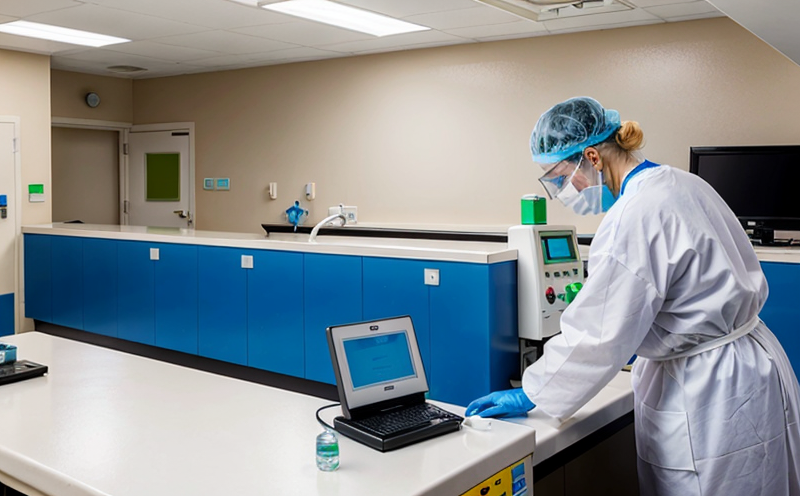Environmental Hygiene Testing in Blood Banks (Surface & Air)
In blood banking facilities, maintaining a high standard of hygiene is crucial to ensure patient safety. Environmental hygiene testing plays an integral role in this process by identifying potential contamination sources and validating the effectiveness of cleaning protocols. This service specifically targets the surface areas and air quality within blood banks.
Surface testing involves swabbing various surfaces such as countertops, equipment handles, and storage areas to detect microbial presence using culture-based or molecular methods. Air sampling can be conducted through either settle plate or active sampling techniques depending on the facility's specific needs. Regular monitoring helps in identifying any deviations from acceptable standards.
The significance of this testing cannot be overstated given that even small amounts of contaminants could pose significant risks to patients who are immunocompromised. By adhering to international standards like ISO 14698 for cleanroom classification and ASTM E2307-15 for surface sampling, our laboratory ensures rigorous adherence to best practices.
The results from these tests provide critical insights into the cleanliness levels achieved by facilities, enabling targeted interventions where necessary. This proactive approach not only enhances operational efficiency but also contributes significantly towards maintaining public trust in healthcare services provided.
A detailed report summarizing all findings along with recommendations for improvement is delivered to clients post-testing. These reports serve as valuable tools for quality assurance departments responsible for ensuring compliance with regulatory requirements set forth by bodies such as the FDA and WHO.
| Aspect | Description |
|---|---|
| Surface Sampling Techniques | Culture-based methods or molecular detection using swab samples. |
| Air Sampling Methods | Settle plate or active sampling based on facility requirements. |
| Microbial Detection | Bacteriology, mycology, and virology analyses conducted according to ISO guidelines. |
Scope and Methodology
- Culture-based methods: Swab samples are taken from designated surfaces, inoculated onto appropriate media, incubated, and then analyzed.
- Molecular detection: DNA/RNA extraction followed by PCR amplification targeting specific pathogens.
- Settle plate technique for air sampling where airborne particles settle on agar plates.
Benefits
- Identification of contamination sources allowing for targeted cleaning efforts.
- Evidence-based decision making to enhance operational efficiency and patient safety.
- Compliance with regulatory requirements ensuring high standards in healthcare delivery.
- Promotion of public trust through transparent reporting practices.
Why Choose This Test
- Our laboratory adheres strictly to international standards ensuring reliable results.
- We offer customized testing packages tailored to each facility's unique needs.
- Quick turnaround times enable timely interventions if any issues are detected.





